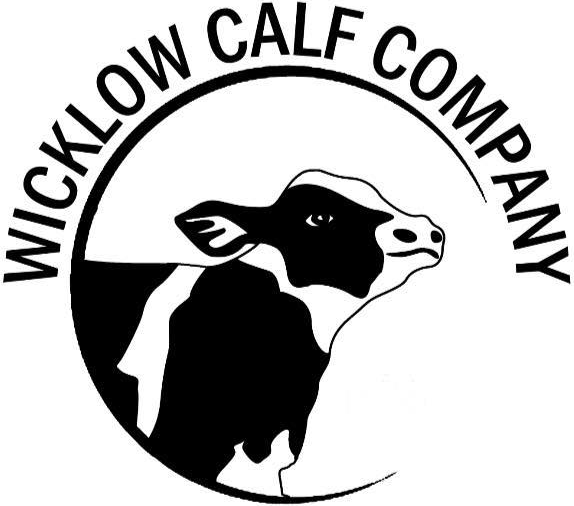Extensive livestock farming is a farming system that uses a small amount of labour and capital relative to the area being cultivated. Crop yields in extensive agriculture depend primarily on the soil’s natural fertility, relief, climate, and water availability.
An extensive farming production system, compared to intensive farming, requires a large amount of labour, but much less investment in the processing, application of fertilizers, pesticides, etc. This results in lower agricultural yields and the need to use larger production areas to pay off food production.
Therefore, extensive agricultural production is cost-effective in the production of labor-intensive crops (e.g. strawberries), in areas where population density is low and the market value of land is low relative to labour and capital. Otherwise, an extensive food production system is necessarily more expensive than intensive agriculture.
Management of extensive farming production systems is often characterized by resistance to new insights, innovations, and advancements,
Benefits of Extensive Livestock Farming
Extensive farming or extensive agriculture (as opposed to intensive farming) is an agricultural production system that uses small inputs of labour and fertilizers relative to the land area being farmed as well as a small number of animals per land unit.
Extensive farming most commonly refers to sheep and cattle farming in areas with low agricultural productivity, but can also refer to the large-scale growing of wheat, barley, cooking oils and other grain crops.
The large area for grazing acts as an advantage for extensive livestock. It becomes cheaper, as animals remove inputs from the land itself. The freedom and space that the beef herd needs are found here. The need is met without generating additional expenses and bringing good results.
In discussions around land use, the impacts of livestock can be seen very differently. On the one hand, all land use by livestock can be seen as potentially problematic in view of currently anticipated growth in livestock production, since by using a growing area of land, livestock usually needs more land than plants. However, another way of viewing the impact of livestock on land is by considering what types and qualities of land they use. Are they making use of prime arable land? Or are they using land that is unsuited to arable crop production? Livestock managed to enhance the quality of the land and to maintain the carbon storage properties of the land then they are not overstocked. Moreover, extensive grazing usually contributes to protecting other vulnerable animal and plant species.
To sum up, animals living in extensive systems modify the landscapes they inhabit, representing a fundamental force for landscape management and conservation, for example through weed control, revegetation, nutrient cycling and creation of fire breaks.
Development of Extensive Livestock Farming
Livestock farming was born in the Neolithic about 10,000 years ago. In some places, groups of humans began to domesticate animals, and crop plants in order to reduce their dependency on hunting and have a steady food supply to survive. Thus was born agriculture and livestock farming, and the first communities able to leave, partially at least, the hunter-gatherers system.
Agricultural and livestock farming societies obtained the food for their cattle from the immediate environment, using natural pastures as well as agriculture. These farmers had to move their herds from one area of pasture to another, emulating the movements of wild herbivores. Thus, livestock has managed to survive for thousands of years, using natural resources, without the activity being undermined in the regenerative capacity of the environment in which it operates. This type of use is what we now call extensive livestock farming.


